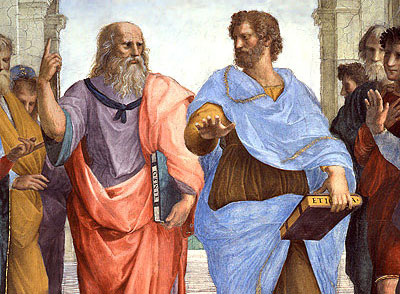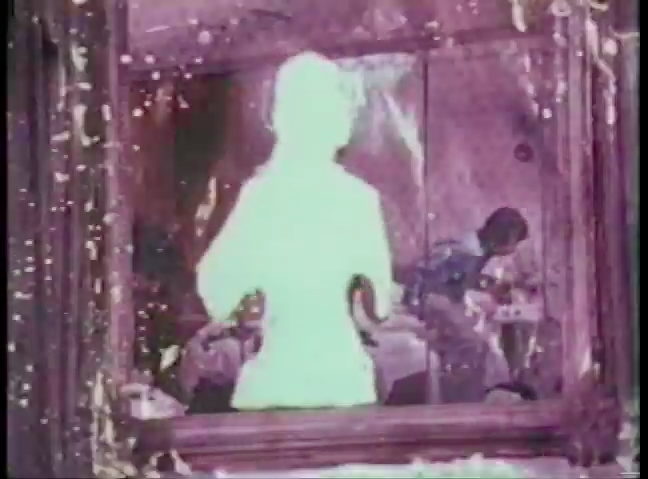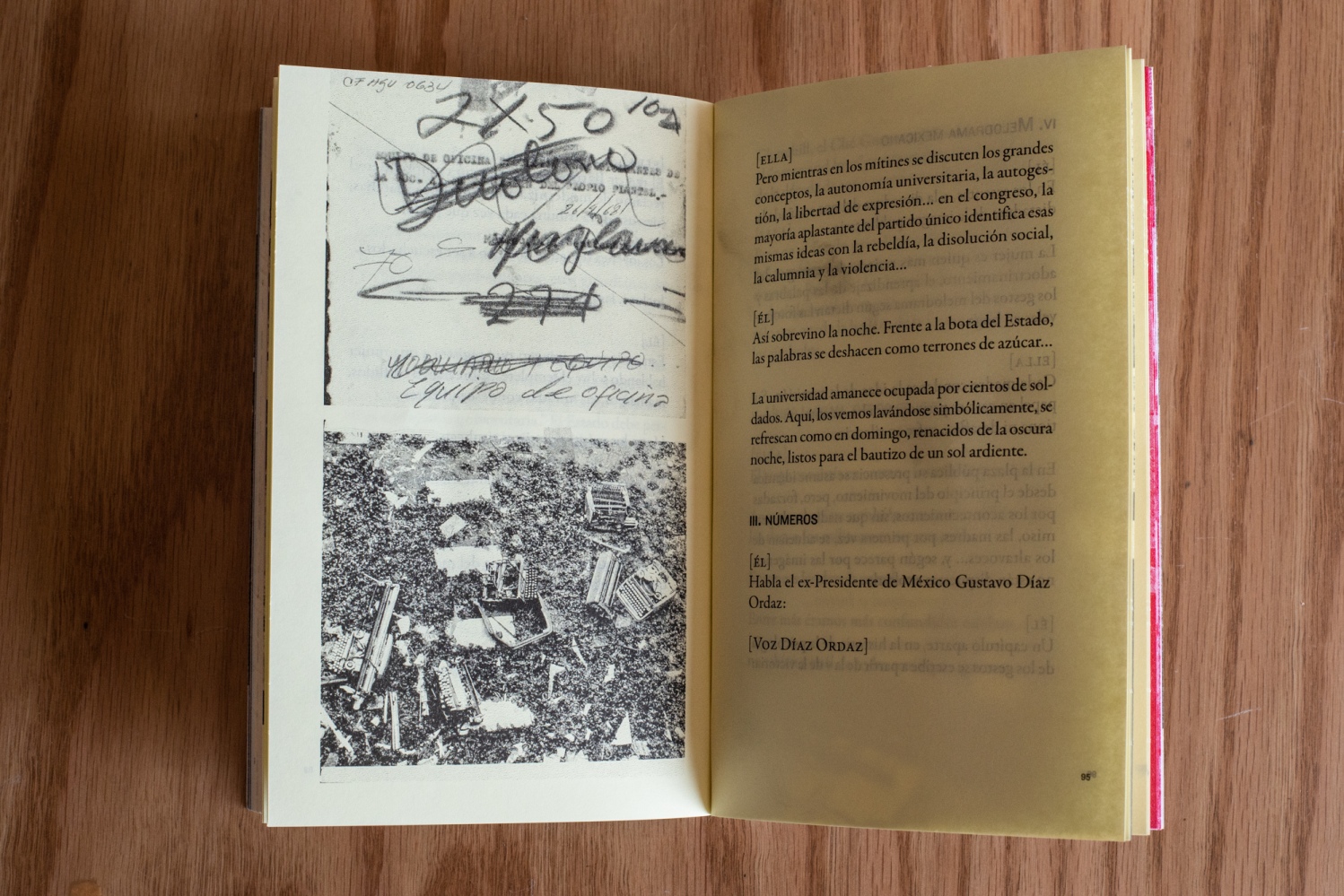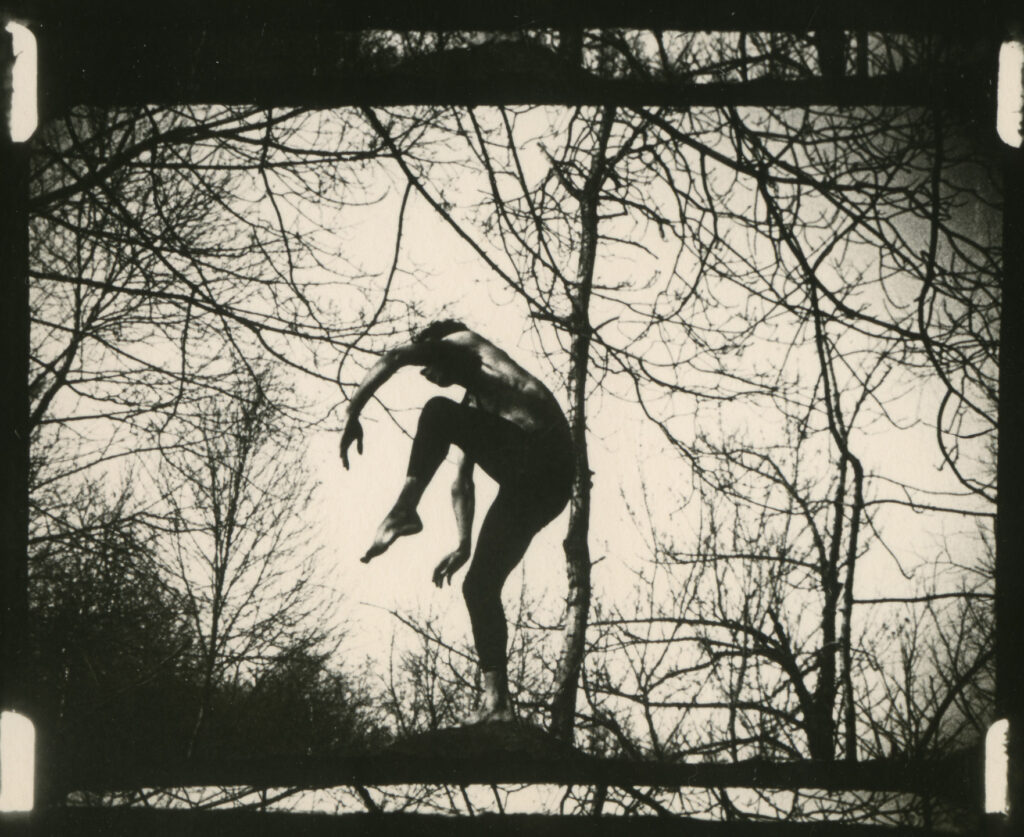<<< Metodología (4 y 5)
<<< presentación relacionada con el tema: Archivo, crisis, memoria.
El archivo como acontecimiento

Derrida: el archivo está en una tensión entre el orden y el desorden.
Arkhé – lugar de inicio – normativo
Triángulo: arcón, ley, lugar

Testigo- verdad, paradigma temporal / privilegio
Improntas – huellas —-documentos
Procesos de registro e inscripción sobre soportes / materia-técnica /

Arqueología – Foucault – apriori histórico / enunciados “dados” / hechos y cosas
Sistemas de relaciones configuran el archivo, sus posibilidades e imposibilidades
Tensión constante entre la preservación y la borradura

La memoria como misterio y como ministerio
Violencia constituyente / instituyente
Historia potencial y sitio de acontecimiento

Imágenes faltantes – documentos, movimientos, hechos, relaciones / modelos otros /
La incompatibilidad del pasado
La historia siempre será potencial
Imaginación, intervención, transmisión.

Jews and Palestinians gather around a map of Mandatory Palestine to report a civil race against the clock taking place in palestine until the founding of the State of Israel in May 1948. Intense civil activity was happening throughout the country, mainly in urgent encounters, some short and spontaneous, others planned and carefully laid out in detail – in which participants raised demands, sought compromises, set rules, formulated agreements, made promises, asked for forgiveness, made efforts to reconcile and compensate – and did everything possible not to let violence take over their lives. They did their utmost to halt the violence that national and military forces were intent on igniting and negotiated with each other in order to create mutual civil alliances. This film is based upon civil/historical/visual research.
Archivo y horizontes de mundo.

Gabriella Giannachi. Archive Everything.

El horizonte documental de nuestra producción exige una normativa, una reglamentación. Es necesario diseñar una arquitectura de la práctica documental, principalmente a partir de la recatalogación del material para los fines de nuestros proyectos. Esto se puede hacer desde la investigación temática. La investigación temática ahonda tanto en el fondo como en la figura de nuestras formas mediáticas.
Estrategias de creación con archivo:
recatalogación
yuxtaposición de tiempos documentales
repetición
recaptura
intervención multi-registros (visuales, sonoros, táctiles, etc.)
recorte / multiplicación / desdoblamiento del documento
intertextualidad
transferencia entre soportes
procesamiento
variaciones de velocidad / textura
entintado
borraduras
modificar condiciones del soporte
intervención sobre material
procesamiento digital
descomposición / alteración del soporte
error
relocalización
Tipos de documentos y dimensiones operativas:
– Horizonte documental (propio o ajeno) – localización – reglas de acceso y uso / posibilidades de apropiación, intervención y difusión de los materiales (incluyendo derechos y materialidades)
– Según su suporte: materialidades, temporalidades (niveles técnico y discursivo)
– Condiciones: material o política.
– Códigos / lenguajes.


